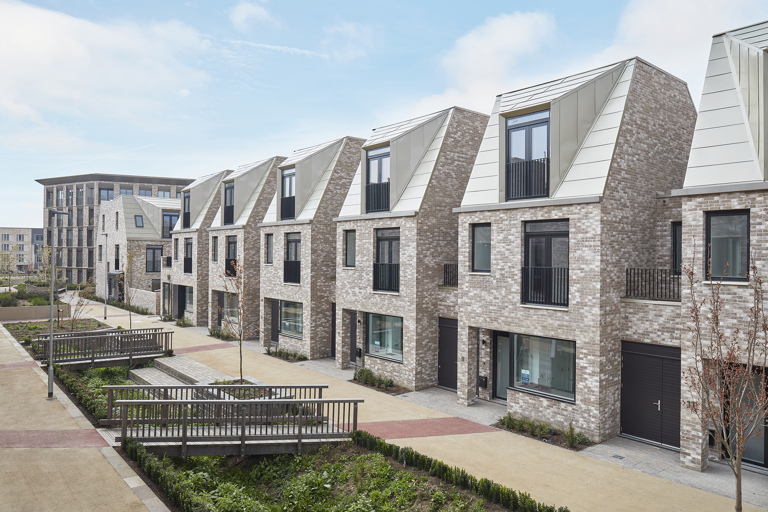A more beautiful National Planning Policy Framework?
A revised National Planning Policy Framework was published yesterday with the aim of putting ‘beauty’ at the heart of the English planning system. It was accompanied by the launch of a new National Model Design Code and ‘Office for Place’ within the Ministry of Housing, Communities and Local Government. These changes follow the new National Design Guide introduced in January. Sam Metson, Planning Partner explains what the revised NPPF means for planners, developers and promoters.

What’s changed?
The bulk of the changes to the NPPF apply to its design policies (section 12). Most notably, all planning authorities will now be required to prepare “design guides or codes consistent with the principles set out in the National Design Guide and National Model Design Code” (para 128). Local design guides can be prepared at an area-wide, neighbourhood or site-specific scale. Landowners and developers can also prepare codes to support planning applications, so long as they are prepared with effective community engagement.
The National Design Guide and the National Model Design Code provide guidance on preparing local guides and codes and are to be used to inform planning application decisions where they remain absent (para 129). Authorities are instructed to refuse permission for development that is not well designed, “especially where it fails to take into account…local design guidance and supplementary planning documents such as design guides and codes” (para 134).
There is also encouragement for tree planting, with a new requirement for ‘planning decisions to ensure that streets are tree lined’ and opportunities are taken to incorporate trees elsewhere, such as in parks or community orchards.
Changes to other sections of the framework are scarce, but notable exceptions include:
- Nuanced changes to sustainable development objectives - where ‘fostering beautiful places’ and ‘improving biodiversity’ are added to the social and environmental objectives respectively. The latter replaces the requirement to merely ‘help to improve’ biodiversity, providing further encouragement for the delivery of a net gain (para 8);
- Tweaks to the plan making element of the presumption in favour of sustainable development - where plans are now required to "align growth and infrastructure; improve the environment; mitigate climate change…and adapt to its effects”, rather than simply meeting development needs and being sufficiently flexible (para 10);
- The need for a long term vision for large scale development – Local Plans are still required to address a 15 year time horizon, but where new settlements or significant urban extensions are proposed they must now be set within a vision for the area that looks ahead at least 30 years (para 22);
- Further limitations on the use of Article 4 directions restricting permitted development rights for changes of use to residential, particularly in town centres where they should only prevent ‘wholly unacceptable adverse impacts’, such as the loss of the ‘essential core of the primary shopping area in town centres’ (para 53); and
- Encouragement to ‘retain and explain’ statues and other monuments, rather than accept their removal (para 198).
My view
Thankfully, the new framework does not seek to define ‘beauty’ at a national scale, but it is clear from the amended policies that developers will need to demonstrate compliance with the local design guides and design codes, that every planning authority must now prepare, if they are to successfully argue that they are addressing the national agenda, to build beautiful places.
Extra credit should be reserved for applicants that take forward their own site-specific design codes, informed by relevant national and local guidance and robust community engagement.
The expectation that every planning authority will have a local design guide that reflects local character must be welcomed by anyone wanting to see greater quality in the built environment, provided the skills and resources are in place to prepare and implement the requirements effectively. There remains a question mark in this regard.
The success of the initiative will also require an approach that enables the larger developers to respond in a way that is compatible with their business models, with perhaps more emphasis on the elements of design that do not require widespread use of bespoke house types.
Incorporating more trees appears to be an easy win for all parties, provided the highway authorities can be convinced to get on board.
Overall, this is a step in the right direction.
Get in touch with our team
Stay in the loop
Sign up to receive personalised property alerts, and to hear the latest news, insight and advice from our experts
Keep me informed
